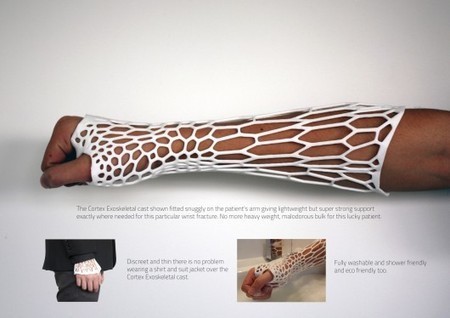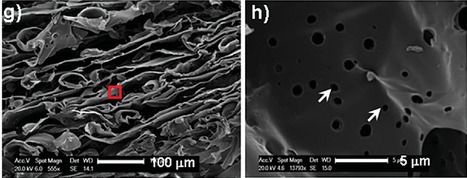The only thing worse than breaking a bone is waiting for it to heal. During the healing process itself, wearing a fiberglass and plaster cast can be a stinky, itchy endeavor that is uncomfortable and inconvenient; all for an injury that is completely internal. Enter Jake Evill's Cortex concept. Beyond having an awesome last name, Jake Evill, a media design graduate of the Victoria University of Wellington in New Zealand, has managed to modernize the ancient concept of a splint using 3D printing technology.



 Your new post is loading...
Your new post is loading...









